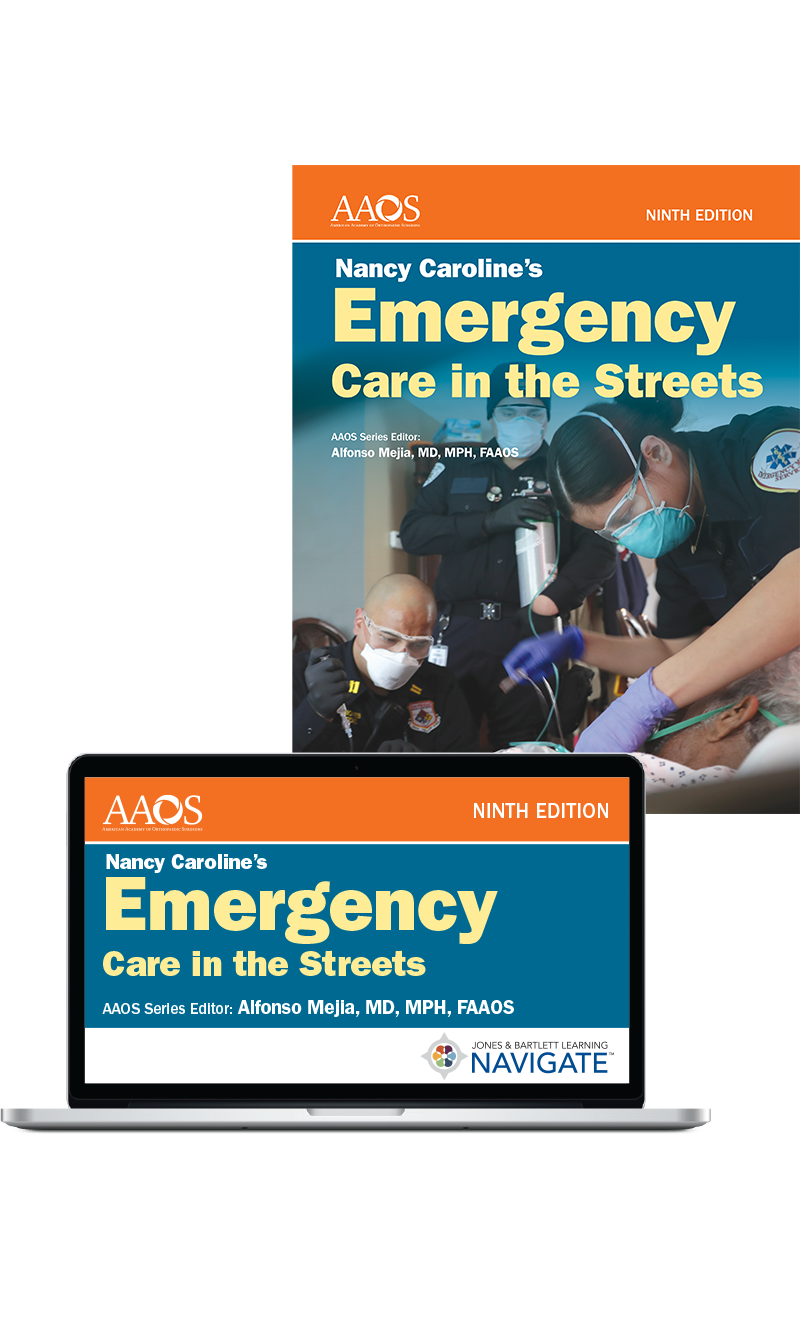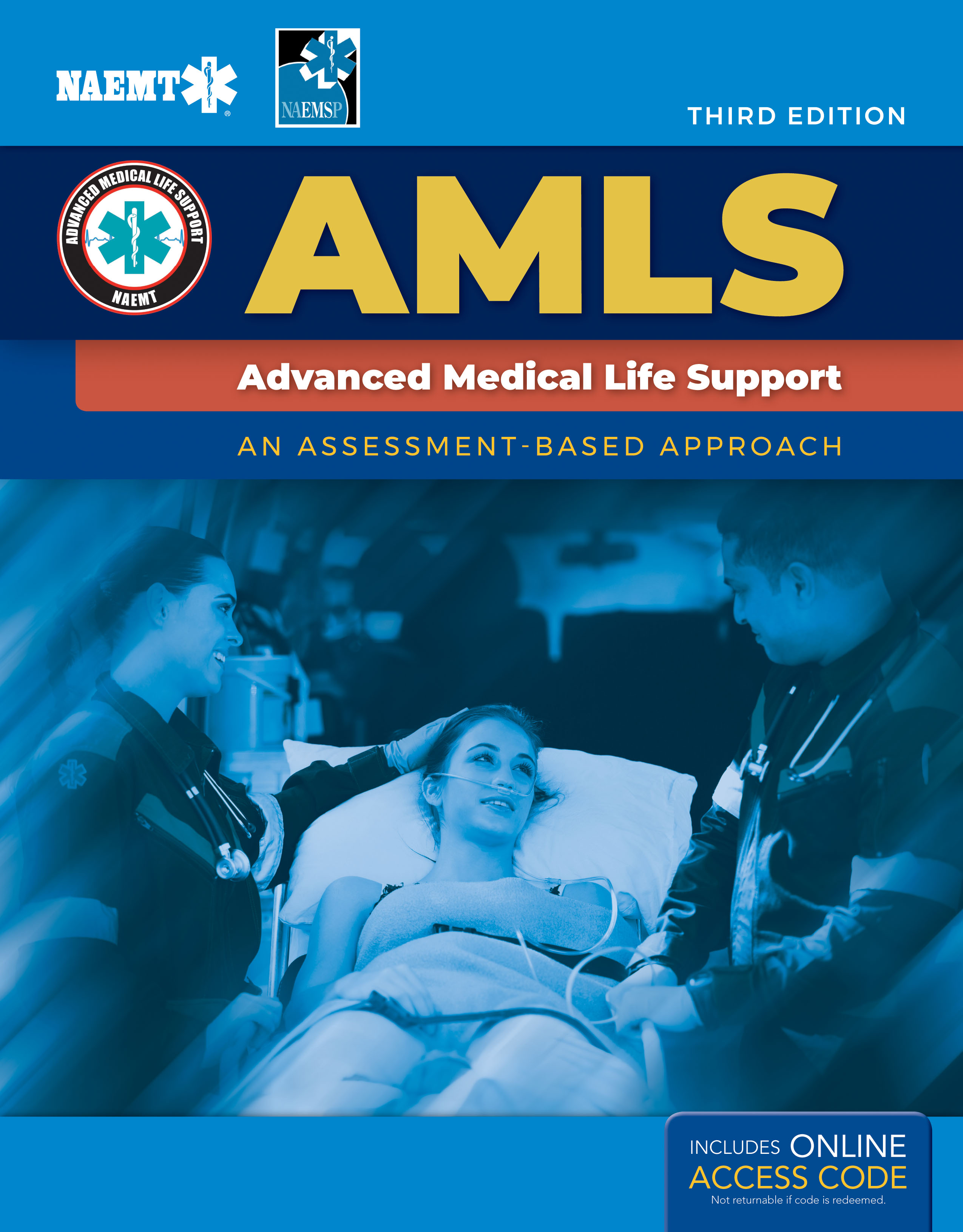Advanced Life Support Training: Everything You Need to Know for Improved Paramedic Instruction

Paramedic instructors are instrumental in preparing future EMS professionals for success and ensuring learners stay updated about the evolving landscape of advanced life support (ALS) training. Read on to discover the value of quality ALS training, effective teaching strategies, and the resources available to improve instruction.
Understanding Advanced Life Support
Advanced Life Support—also called Advanced Cardiac Life Support (ACLS)—is an advanced level of medical care that emphasizes specialized techniques, equipment, and training to manage and stabilize life-threatening medical emergencies. ACLS training and skills promote the urgent and successful treatment of emergencies such as cardiac arrest, stroke, myocardial infarction, acute coronary syndrome, and other conditions.
This critical pillar of life-saving protocols extends beyond Basic Life Support (BLS) by zeroing in on emergency cardiovascular care and a broader spectrum of medical crises. ALS training is imperative for a range of healthcare professionals, from paramedics and emergency physicians to critical care nurses and respiratory therapists.
Nancy Caroline's Emergency Care in the Streets, Ninth Edition
The Ninth Edition offers cutting-edge, evidence-based content that meets or exceeds the most current scientific recommendations developed by the International Liaison Committee on Resuscitation (ILCOR) and the ECC Guidelines established by the American Heart Association and other resuscitation councils around the world.
Request Your Digital Review CopyThe Landscape of ALS Training and Upskilling Today
The demand for well-trained EMS professionals with ALS certification, BLS skills, CPR training, and cardiovascular emergency education is at an all-time high. Yet, the EMS workforce is shrinking, with the nation’s system facing a crippling labor shortage.
According to the American Ambulance Association, the turnover rate for full-time paramedics reached 27 percent last year and 36 percent for full-time EMTs. Moreover, a federal study from the Health Resources and Services Administration projects a need for 40,000 more full-time emergency medical personnel every year until 2030.
Despite the nationwide certification of more EMS professionals and the U.S. Bureau of Labor Statistics forecasting a 5 percent employment growth for EMTs and paramedics from 2022 to 2032, the EMS shortage continues. As a result, the question arises whether there are enough professionals with ALS certification to address the country's multifaceted issues today.
Among these challenges, cardiac emergencies and stroke remain at the forefront:
- Research from the American Heart Association (AHA) indicates that only about 40 percent of people who experience an out-of-hospital cardiac emergency get the immediate help they need, with as many as 436,000 Americans dying each year from cardiac arrest.
- The Centers for Disease Control and Prevention highlights that more than 795,000 individuals in the U.S. have a stroke every year.
Additionally, evolutions in medical science and technology continually reshape the ALS landscape. New treatments, protocols, and equipment demand a commitment to continuing education and upskilling from EMS professionals regardless of experience.

Key Strategies for Enhancing Advanced Life Support Training
Paramedic instructors play a pivotal role in upskilling and preparing learners. To adequately equip future paramedics with contemporary ALS skills, it is essential to incorporate real-world scenarios and case studies that encourage critical thinking in high-stress situations. Additionally, using practice exams is valuable to pinpoint knowledge gaps and guide remediation efforts.
Explore more strategies to enhance the quality and effectiveness of ALS training and course instruction:
1. Incorporate realistic simulations and scenarios
Real-world simulations and scenarios are invaluable to promoting practical skills and decision-making. Provide learners with hands-on experience in a safe and controlled environment by creating situations that mimic common emergencies calling for ALS skills. For instance, instructors can simulate a realistic cardiovascular emergency in a clinical skills lab for students to hone a range of techniques—from CPR and resuscitation to intravenous medication administration and other ALS skills.
AMLS: Advanced Medical Life Support, Third Edition
This essential assessment tool empowers prehospital practitioners to rapidly diagnose medical patients and initiate effective management in the field. AMLS is the only textbook approved for use in NAEMT’s Advanced Medical Life Support course.
Request Your Digital Review Copy
Leverage evidence-based teaching methodologies by:
- Ensuring class curriculum and ALS training align with clinical guidelines set by authoritative sources, such as the AHA.
- Utilizing research-backed protocols when teaching specific interventions, procedures, or early management techniques (e.g., the use of video laryngoscopy for airway management).
- Designing patient care scenarios based on real-life cases and clinical studies.
- Leveraging scenario-based assessments that require learners to apply evidence-based guidelines in clinical simulations.
Ensure your ALS course and training align with recognized industry standards and certifications. ALS certifications to keep pace with range from basic ALS certification to ALS renewal, instructor, and provider certifications. Industry standards and guidelines to follow include AHA guidelines, recommendations from the International Liaison Committee on Resuscitation, and National Registry of Emergency Medical Technicians requirements.
ALS course alignment with relevant standards provides students with a clear path to certification and ensures the curriculum aligns with best practices and current guidelines.
Related Content:
- Enhancing Paramedic Training Courses: Strategies and Insights for Instructors
- How to Succeed as a First-Time EMS Instructor
- It’s Not Just About the Test: Paramedics Need Better Mental Health Training
Related Products:

